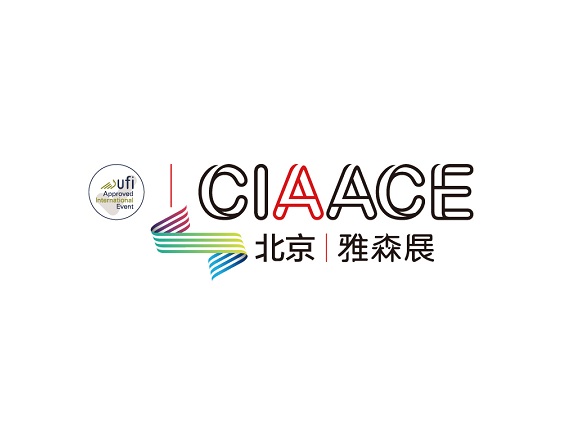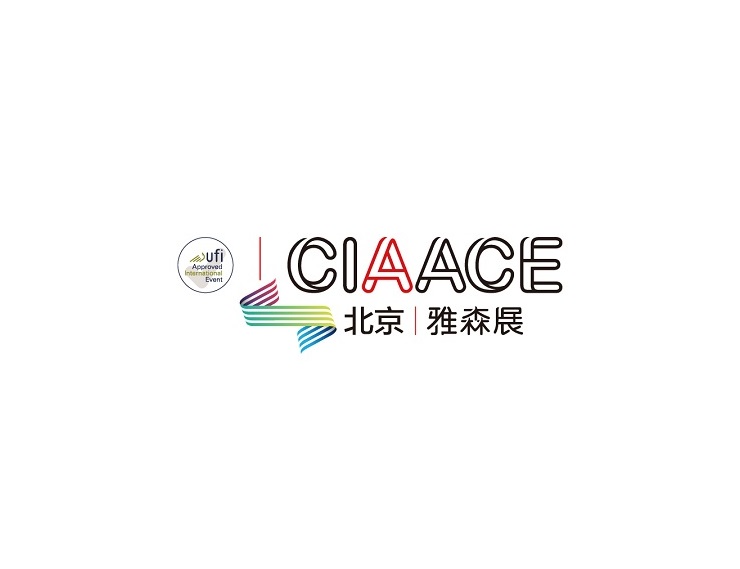Phase II of Beijing New National Exhibition
The second phase of the new national exhibition is one of the major projects for Beijing to promote the construction of the international exchange center function. It is planned to be completed in 2024 and will become the most comprehensive exhibition venue with the largest building scale, the most perfect functions, and the most advanced technology in Beijing after completion.
The second phase of the new national exhibition project is located north of the first phase of the new national exhibition in Zone 23, Shunyi New City. The project covers an area of approximately 637,400 square meters, and the above-ground construction area of the project is approximately 438,500 square meters. The project includes a conference center, a hotel, nine exhibition halls, and three registration halls, achieving a total net exhibition area of approximately 210,000 square meters, a net meeting area of approximately 15,000 square meters, and approximately 450 guest rooms. It can meet the needs of hosting international large-scale exhibitions, international summits, business meetings, government meetings, etc., and will be built into a cluster-style exhibition complex with reasonable spatial planning, complete infrastructure, and coordinated industrial development.
The overall layout of the project continues the central axis mode of the first phase, setting up south and north registration halls, exhibition prelude hall, as well as landscape corridors connecting the conference hotel and the first phase of the new national exhibition on the central axis. The architectural design of the project is exquisite, and its shape draws inspiration from the classic Chinese elements of the Palace Museum's glazed tiles, perfectly integrating delicate and complex traditional elements into the texture organization of the building, demonstrating the temperament of the capital. Elegant and dense lines interweave between various exhibition halls, symbolizing the connection and sharing of knowledge in the information age.














